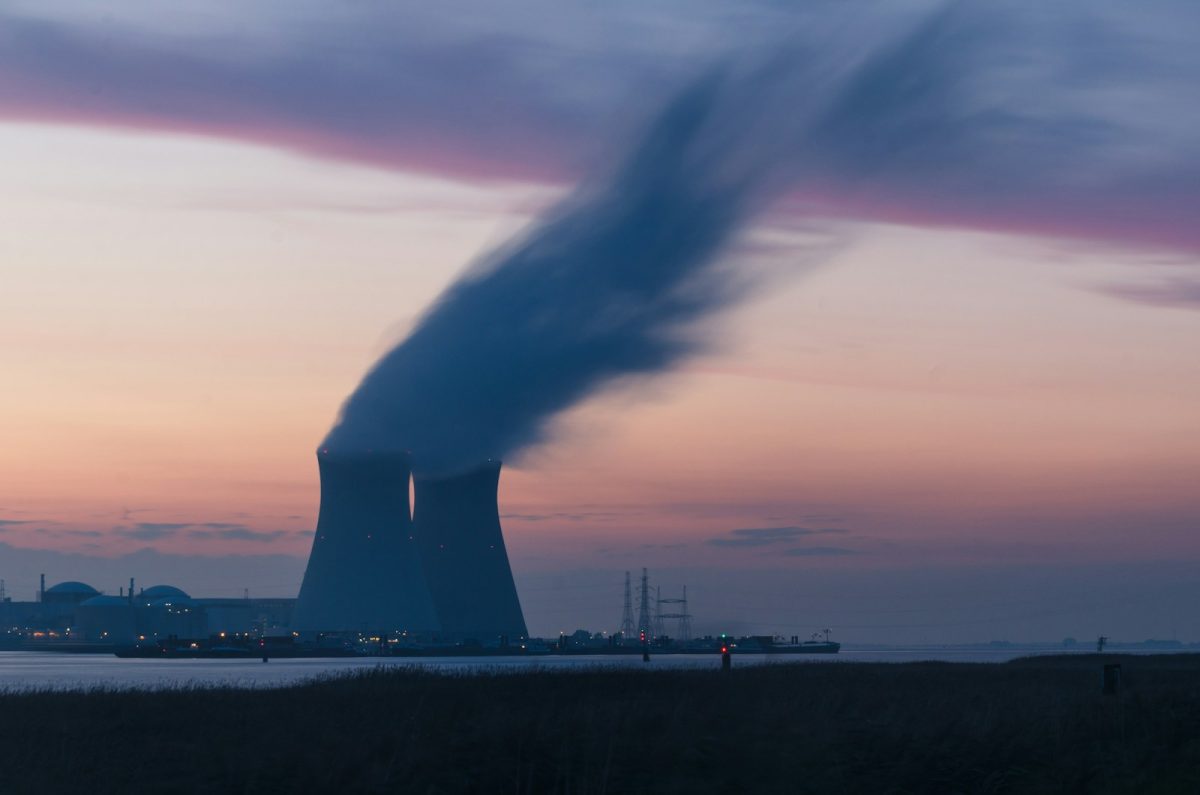What is Geothermal Energy?
Geothermal energy is a renewable energy source that comes from heat stored beneath the Earth’s surface. It is used to generate electricity and provide direct heating by tapping into underground reservoirs of hot water or steam. This heat can be accessed through wells and used to spin turbines or heat buildings. Geothermal energy is reliable, sustainable, and emits very little greenhouse gas. While it was once limited to specific regions with natural heat sources, new technologies like Enhanced Geothermal Systems are expanding its use. Despite high initial costs, geothermal energy offers a clean and constant alternative to fossil fuels.
Cutting-edge technology is revolutionizing geothermal energy, turning it into a more scalable and globally viable source of clean power. Historically, geothermal energy has only been accessible in regions where heat, water, and porous rock naturally align near the Earth’s surface, such as Iceland or parts of the U.S. This geographic limitation meant that geothermal could not compete in scale with wind, solar, or fossil fuels. But that is beginning to change.
Thanks to innovations like Enhanced Geothermal Systems (EGS), energy companies can now create artificial geothermal reservoirs. EGS involves injecting water into hot, dry rock deep underground, fracturing it to create a reservoir where water can be heated and returned to the surface. This method enables geothermal production in locations that were previously considered geologically unsuitable.
Companies like Fervo Energy are leading the way by applying advanced horizontal drilling and hydraulic fracturing techniques, borrowed from the oil and gas sector, to geothermal development. Their pilot project in Nevada successfully demonstrated this concept, generating 3.5 megawatts of power using EGS. These breakthroughs have the potential to unlock geothermal energy in much broader regions.
Another major development is Quaise Energy’s millimeter-wave drilling technology. Instead of mechanical drills, Quaise uses high-frequency electromagnetic waves (gyrotrons) to vaporize rock, potentially allowing for drilling as deep as 20 kilometers. This would grant access to “superhot” rock, capable of producing up to 10 times more energy than conventional geothermal sources. If successful, this technology could tap into a virtually limitless and always-available energy source.
The video also emphasizes the potential to repurpose existing fossil fuel infrastructure—such as decommissioned coal plants and transmission lines—for geothermal operations. This approach could save costs, retain jobs, and speed up the clean energy transition.
Despite the optimism, challenges remain. High upfront costs, complex drilling operations, and regulatory uncertainty pose barriers. However, with continued innovation and investment, these obstacles may be overcome.
In summary, geothermal energy is on the verge of a major transformation. Through emerging technologies and cross-industry collaboration, what was once a niche energy source is now becoming a serious contender in the global push toward sustainable, reliable, and carbon-free energy.
RELATED STORIES:
https://sustainability.stanford.edu/news/future-geothermal-reliable-clean-energy
https://www.wri.org/insights/next-generation-geothermal-energy-explained
https://www.jonesday.com/en/insights/2023/05/is-geothermal-energy-making-a-comeback
TAKE ACTION:






